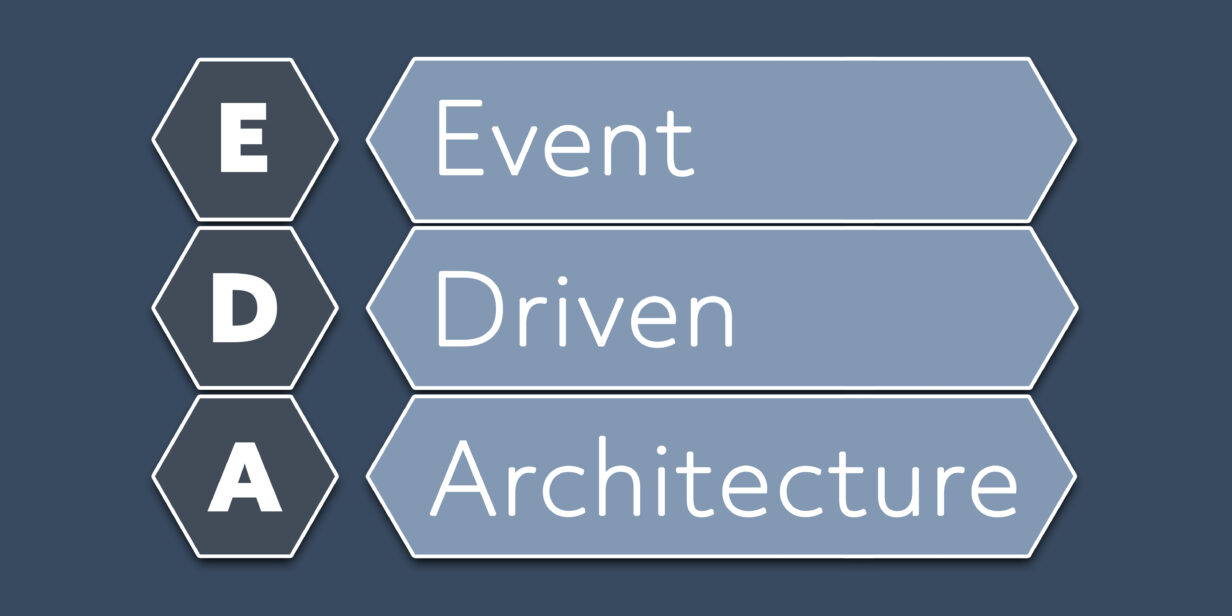
Hey folks, if you’re developing applications in today’s fast-paced world, you need an architecture that’s not just robust but also adaptable and efficient. That’s where event-driven architecture (EDA) comes into play. And guess what? Azure’s Event Hub and Service Bus can supercharge this approach. This blog post is all about understanding the undeniable benefits of adopting an event-driven architecture, and how Azure can facilitate it.
Why Event-Driven Architecture?
Think of your system as a bustling city. In a city, events happen all the time: traffic lights change, people cross streets, and cars move. In a similar vein, an event-driven application reacts to events—whether it’s a user clicking a button, a system update, or a status change.
Benefits of Event-Driven Architecture
Scalability
- Independent Scaling: Only need to scale a specific functionality? In an EDA, you can do that without messing with the rest of the application.
- Asynchronous Operations: Processes don’t have to wait on each other. Each event is independent, enabling better resource utilization and throughput.
Flexibility
- Loose Coupling: Change or replace components without affecting others. Like switching out a flat tire without rebuilding the car.
- Easy to Extend: Want to add new features? Just plug in a new event handler; it’s like adding another instrument to an orchestra without rearranging the entire symphony.
Real-time Responsiveness
- Instant Reaction: Achieve real-time data processing as services can instantly react to events.
- User Experience: Improve user engagement with timely and reactive feedback.
Fault Tolerance
- Error Isolation: If one part fails, it doesn’t mean the whole system crashes. The show must go on!
- Event Replayability: Events can be logged and replayed, making system recovery more straightforward.
How Azure Amplifies EDA
Azure offers a dynamic duo to make event-driven architectures shine: Event Hub and Service Bus.
Azure Event Hub
- High Throughput: Ideal for processing large streams of event data.
- Consumer Flexibility: Consumers can read at their own pace, improving system responsiveness.
Azure Service Bus
- Guaranteed Delivery: Messages won’t get lost; they’ll be delivered at least once.
- Topic and Subscription Support: Implement complex routing and filtering, making the architecture even more flexible.
Practical Implementation
Switching to an event-driven architecture might seem daunting, but Azure simplifies it. You can easily create Event Hubs or Service Bus instances, publish events or messages to them, and subscribe to those events using various Azure SDKs. Azure also provides robust monitoring and logging features, so you can keep an eye on how well your event-driven components are performing.
TL;DR;
Event-Driven Architecture isn’t just another buzzword; it’s a paradigm shift that could redefine how we build applications. With scalability, flexibility, real-time responsiveness, and fault tolerance, EDAs offer benefits that are hard to ignore. And when you combine these advantages with the power of Azure’s Event Hub and Service Bus, you’re looking at a tech stack that’s optimized for the modern, ever-changing landscape.
So, what are you waiting for? Step up your application game and go event-driven. Trust me, you won’t look back. 🚀

No Comments